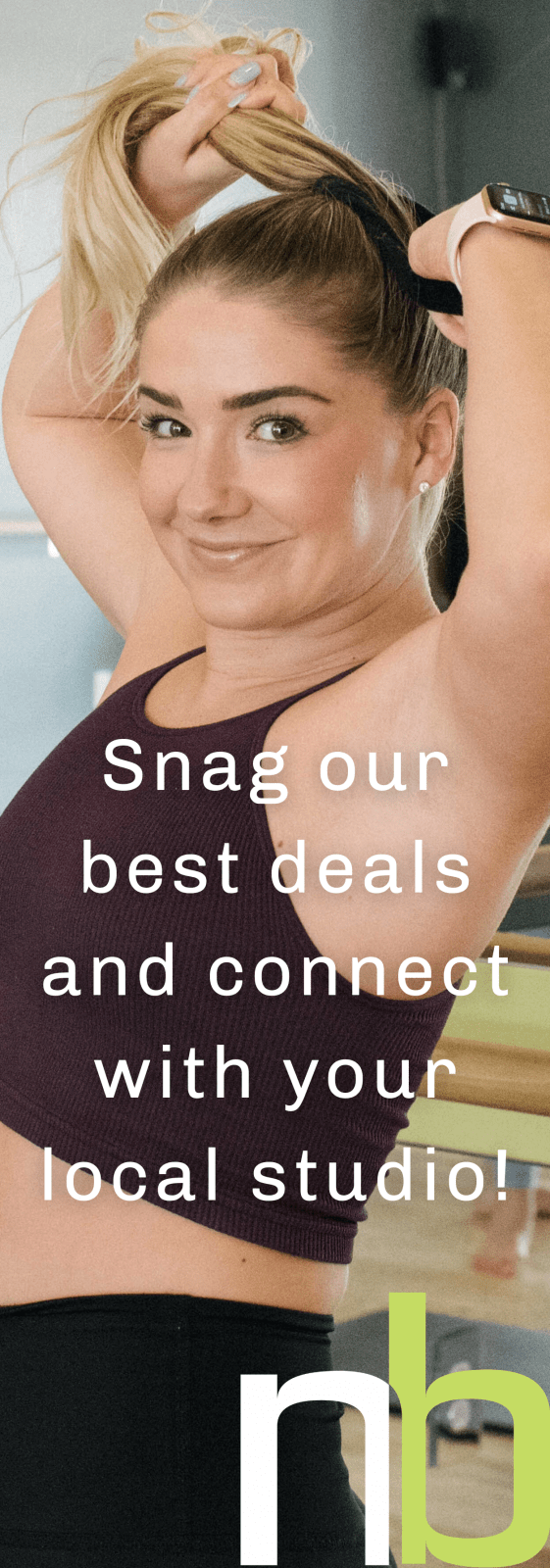The Top 10 Mistakes You're Making In Class
When it comes to great results, it’s all about technique! We’re sharing the most common faux pas we see at the studio, and how you can fix them ASAP.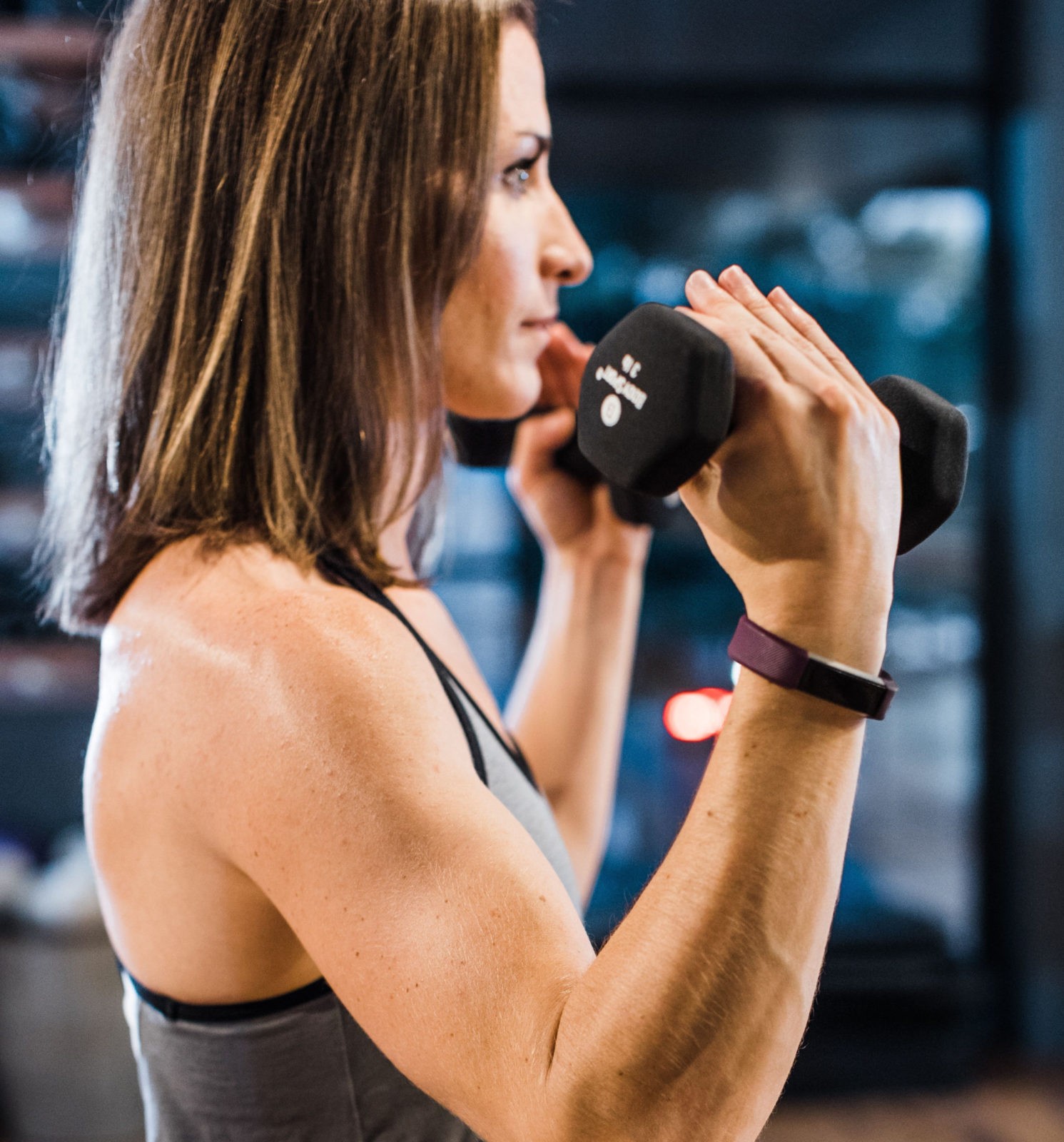
- Light weights: Unless you’re working through an injury, you should go heavier. If you started at 2 lbs, and are still sitting pretty at 2 lbs, you’re missing a big opportunity to shed more calories, and increase the burn, from the start of class. If you’re nervous to make the transition to 3 lbs, or 5 lbs!, then grab a set of both 2 lbs and 3 lbs, and trade them out when you need to!
- White knuckling the barre: So often we forget that the barre is really just a prop for stability, and not to rely on, in an exercise. If you feel tension in your neck and shoulders, this is your signal you’re taking work away from the target muscles, and into the upper body. A good trick is to try flipping your palms up when facing the barre, or a balance check from the inside arm when side to the barre, to re-engage your postural muscles.
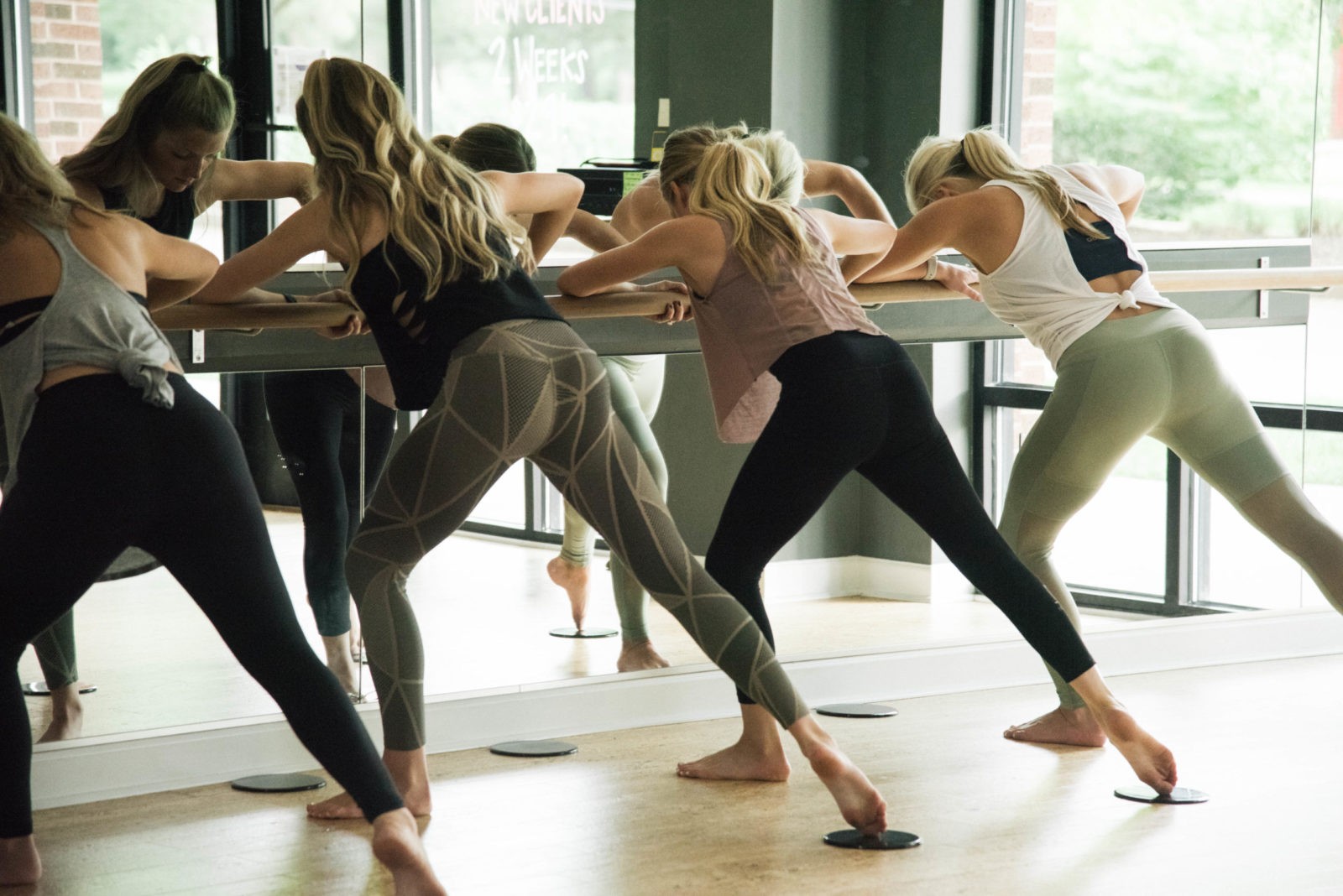
- Giving up: Not committing to exercise in general, much less a specific exercise in class, is human nature. When things are hard, or ultimately different or new, we tend to stop. However change happens when you are challenged, providing not only physical but incredible mental positivity. Commit to 3 or 4 classes weekly, and give yourself scaling benchmarks for progress, and you’ll gain endurance and stamina, mentally and physically.
- Taking on too much too soon: Remember how the instructor told you to step out of the equipment, or come onto your forearms? Or alternately, are you the only person with the equipment on, or taking on a challenge, not provided by the instructor? Although your enthusiasm is appreciated, remember that your safety comes first. The suggested, and often simpler, option is typically best, because it allows you to use your muscles properly, maximize toning, and avoid burnout. Unsure? When in doubt, listen to the instructor! We talk, a lot, to give you every option while exercising.
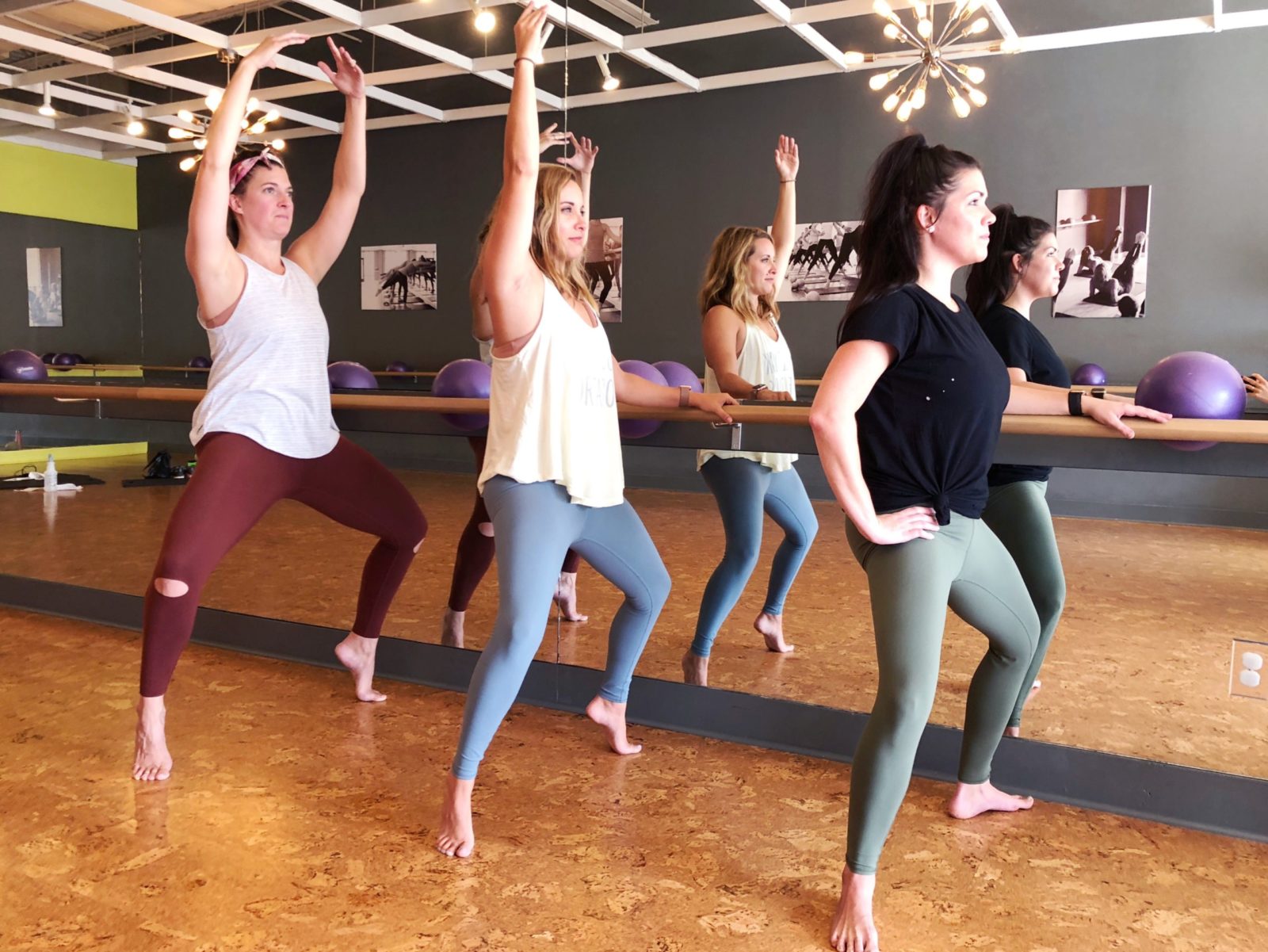
- Compromised posture: Remember to always think ears over shoulders, shoulders over hips, hips over heels. This works whether standing upright, hinged, or on your hands and knees. You may be tempted to arch your back, or fold forward when things get tough, but this is detrimental to your core, and can harm your lower back. Think about lacing your ribs together, like a belt wrapping around your rib cage.
- Taking the same class: We all have our favorites: favorite barre class, favorite instructor. But usually our favorites equate to a comfort zone long-term. We offer a variety of classes that are all barre-based and full-body, using different types of resistance equipment like gliding discs and ankle weights, to give our clients multiple ways to move and burn. All classes compliment one another and aid in a well-rounded fitness program to which your body will never plateau – no 2 classes are the same! Make sure to vary your routine within the studio to continue to carve and tone your muscles in a dynamic way.
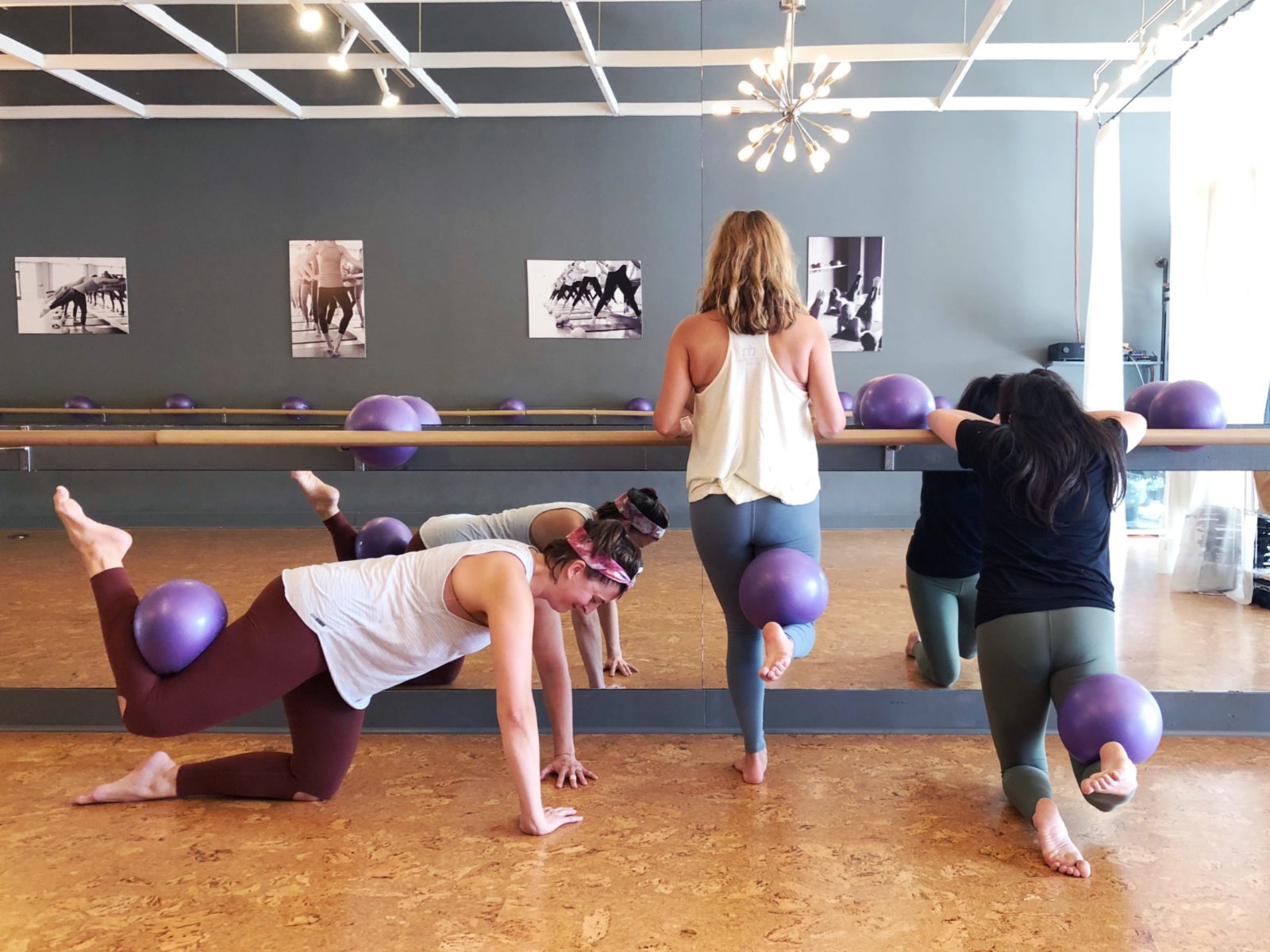
- Being self-conscious: Group classes can be intimidating. Sometimes we hear – “I’m not flexible,” or “I’m not good at this!” This is your hour, and your workout, not your instructor’s or your neighbor’s workout. Stand up at the barre when no one else is, or drop the weights when you need a day of rest. It’s OK. Also, know that no one else is watching! The great thing about barre is you may be surrounded by others, but everyone is engrossed in their own body and mind (and burn!), that you hardly notice your neighbor. Just know when you need her, she’s there 🙂
- Holding your breath: As we fatigue, we tend to hold our breath, especially the longer we’re asked to to stay in one position. Instead, do the opposite – breathe deeper the more challenged you feel. This is no different than when you get panicked or anxious outside of class – you take some deep breaths right? Let your breath guide you at the barre as well.
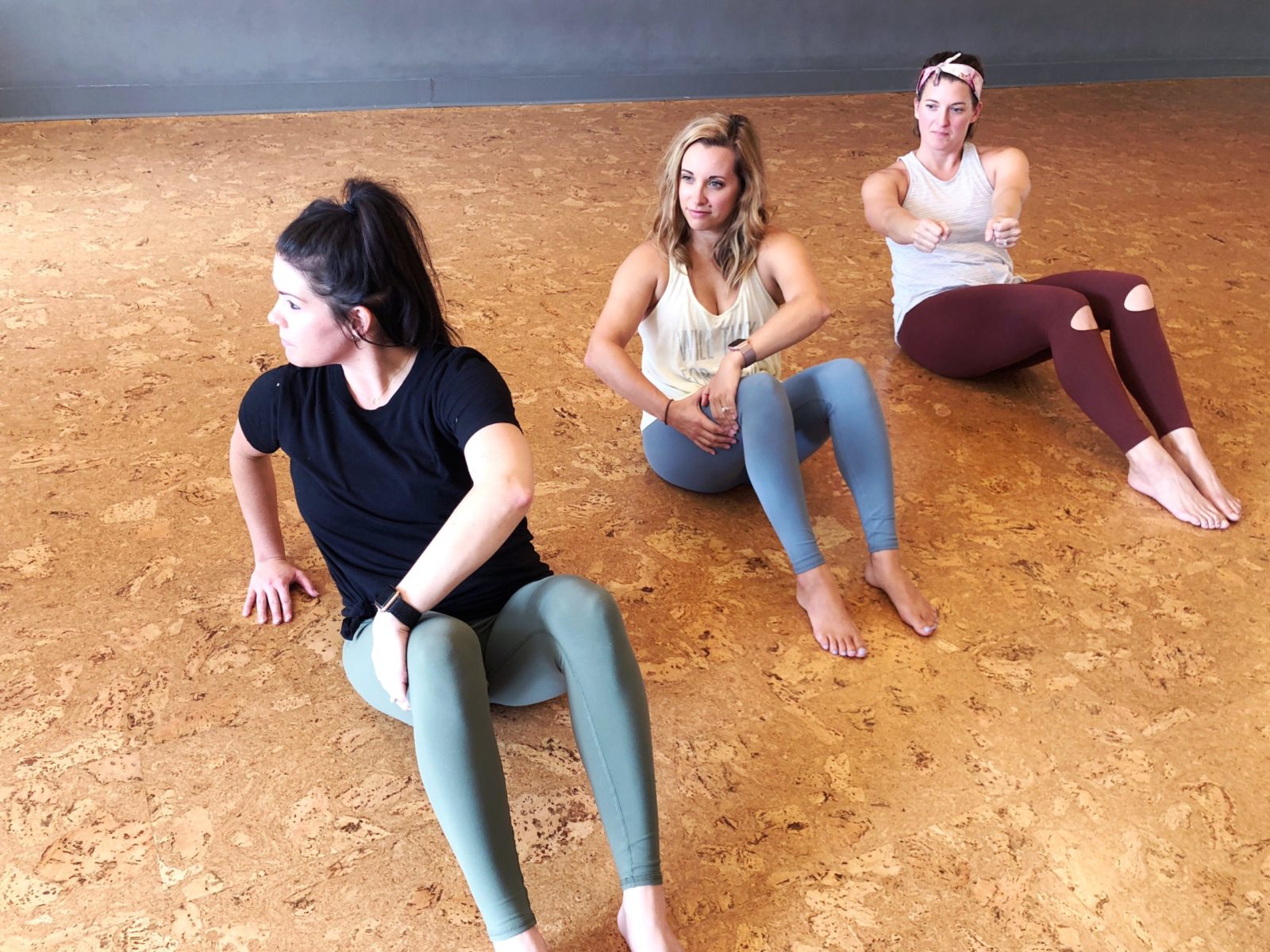
- Overexerting your abs: When your muscle contracts, it’s natural for it to enlarge, or pop out. The one time we don’t want to see this is during abdominal work. Check in with yourself, even if you need to literally use your hand, to make sure your abs aren’t protruding. Think about pulling your abdominal wall down and in, so it’s flat down and across. If it’s not, then drop your shoulders and just focus on breath contractions, pumping your palms to increase your breath.
- Skipping out before the stretch: Your body is warm after class, and is prepped for some much needed lengthening and reconditioning after the tightness of isometric contractions, and lactic acid build-up. Stretching will not only reduce your soreness the next day, but will also improve lean muscle tone, as well as help you reset and restore for the rest of your day.


